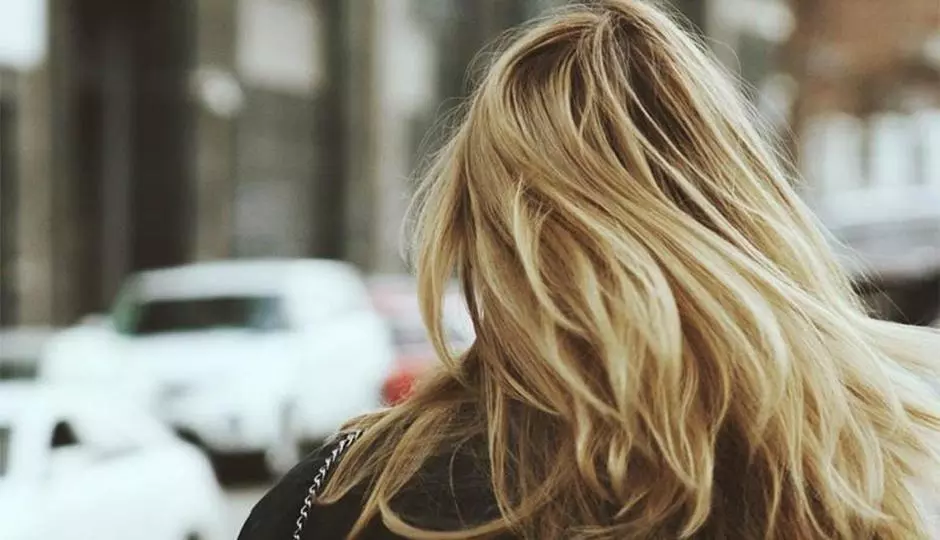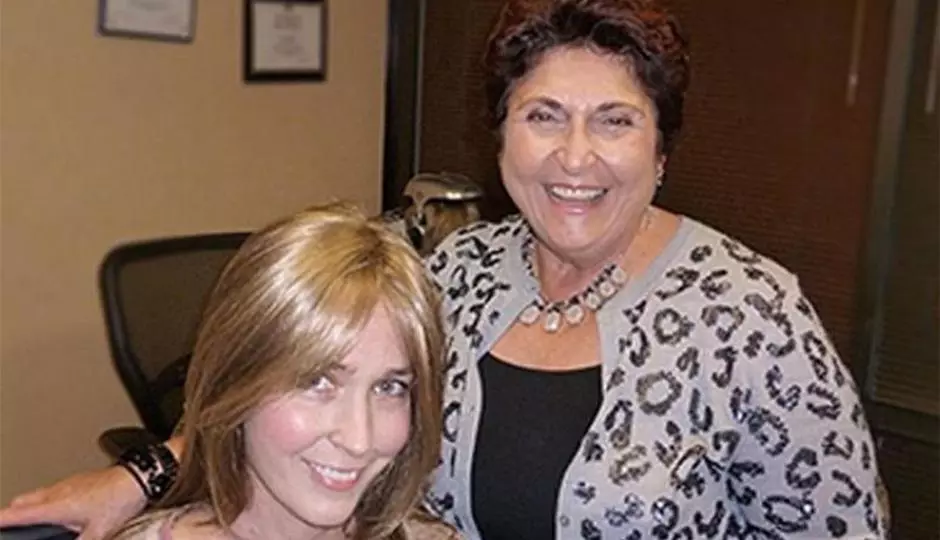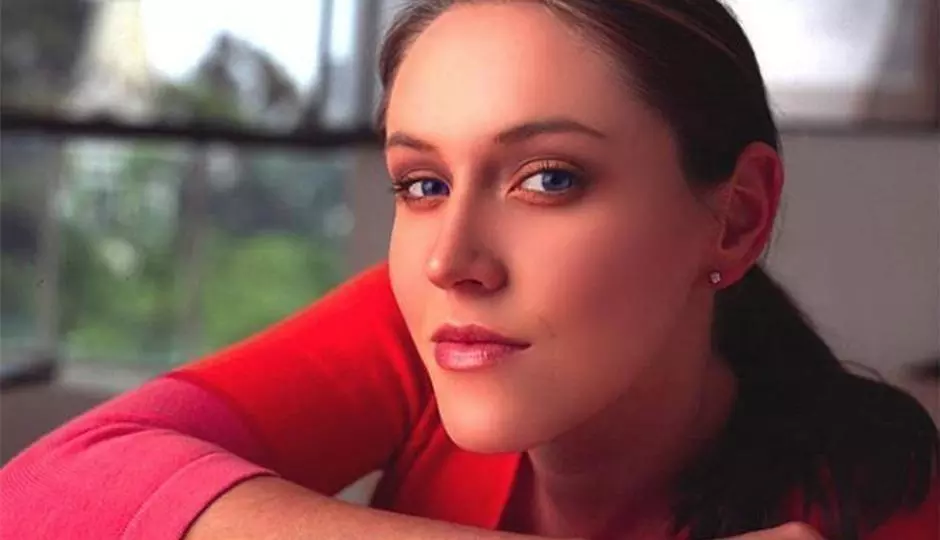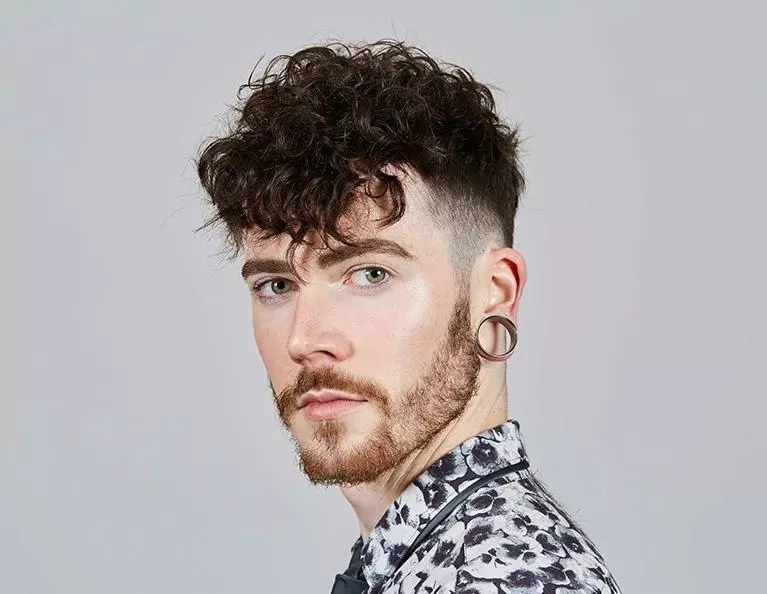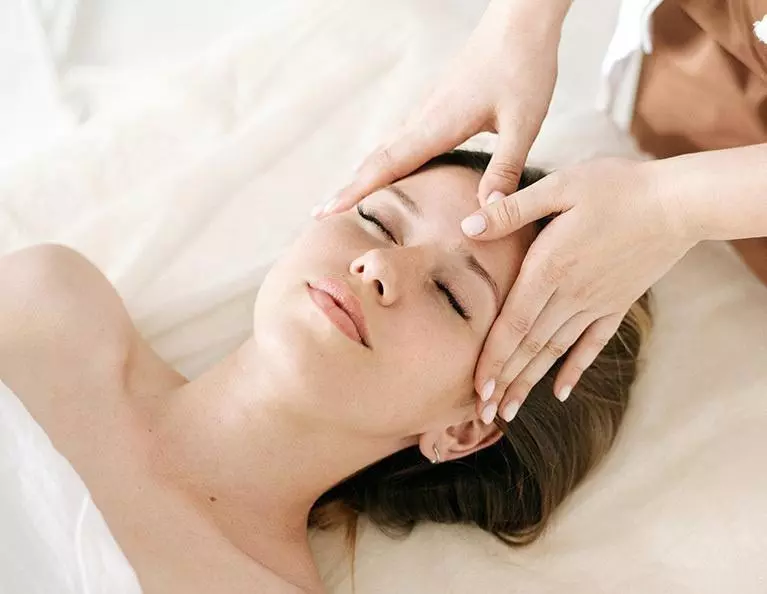Since October 1 - October 7 is Trichotillomania Awareness week, let us take the opportunity to understand this common, yet frequently misunderstood condition.
What is Trichotillomania?
Also known as the Hair Pulling Disorder, Trichotillomania is characterized by the repetitive pulling out of one's hair. It is categorized in a group of behaviors called Body-Focused Repetitive Behaviors, where individuals are compelled to conduct harmful self- grooming behaviors such as pulling, picking, scraping, or biting their hair, skin, or nails. People with trichotillomania have an irresistible urge to pull out their hair, particularly from their scalp, eyelashes, and eyebrows. They usually do this in private and hide their behavior from others.
There are two types of trichotillomania:
- Focused: Individuals pull their hair intentionally to alleviate themselves of the overwhelming urge to pull, or to find relief from other external stressful situations. Some form elaborate rituals such as finding the right hair or biting pulled hairs.
- Automatic: Individuals pull their hair without realizing they're doing it. This happens in situations like reading or watching TV.
What are the Statistics on Trichotillomania?
Recent research shows that,
- Less than 200,000 people in the United States are affected.
- Adult women are diagnosed twice as often with trichotillomania than adult men.
- 70- 93% of preadolescent patients are female.
What are the Causes behind Trichotillomania?
Age of onset is typically between years of 10 and 13. Though the exact cause is unclear, trichotillomania probably results from a combination of genetic and environmental factors. They include:
- Family History: There is a high probability of occurrence in those who have a close relative with the trichotillomania.
- Stress: Certain high stress life events or situations may trigger trichotillomania.
- Other Conditions: Trichotillomania is usually correlated with depression, anxiety, or obsessive- compulsive disorder (OCD).
What are the Symptoms of Trichotillomania?
Signs and symptoms include:
- Repeatedly pulling hair out, especially from the scalp, eyebrows or eyelashes
- Pulling hair out from other regions of the body
- Feeling tension before pulling, particularly when trying to resist the urge to pull
- Experiencing a sense of pleasure or relief after the hair is pulled
- Noticeable hair loss, such as shortened hair or thinned hair
- Bald areas on the scalp or other areas of the body
- Sparse or missing eyelashes or eyebrows
- Preference for specific types of hair
- Following certain patterns or rituals that accompany hair pulling
- Pulling hairs from pets, and materials such as blankets and dolls.
- Biting, chewing or eating pulled- out hair
- Playing with pulled- out hair or rubbing it across the lips or face
- Making multiple attempts to stop pulling out hair
- Significant problems or stress at work, school or in social situations
Treatment of Trichotillomania
Many individuals with trichotillomania feel ashamed and humiliated by their condition. They may develop low self-esteem, depression, or anxiety. The extensive hair loss becomes a source of embarrassment, and individuals tend to avoid social events, job opportunities and intimate relationships.
Trichotillomania can happen to anyone and is nothing to be ashamed about. Many celebrities who are admired for their beauty and charisma, have come forward to reveal that they too have this condition. They include singer Justin Timberlake and actresses Charlize Theron and Megan Fox.
With the proper help, one need not remain silent. Trichotillomania doesn't make one an anomaly, nor an outlier. Nor does it stop one from pursuing a thriving career, nourishing relationships, having hobbies, and traveling around the world. It's time to live life to the fullest.
Habit Reversal Training is the main treatment offered to individuals with trichotillomania, where a bad habit is replaced with something not harmful. With this behavioral therapy, patients identify when and where they have the urge to pull their hair. They learn to relax and practice doing something else, something benign that will ease their tension rising from the urge to pull their hair. The therapy also helps address any thoughts and feelings that may trigger hair pulling.
Medications are also part of the treatment process. Selective Serotonin Reuptake Inhibitors (SSRIs) are a type of antidepressant that can help curb any overpowering urges to pull hair. Antipsychotic medications such as Olanzapine and Aripiprazole are also used, either alone or in combination with SSRIs.
Our hair restoration clinic offer options such as scalp treatments, wigs, and hair loss solutions for men and women. For more information on such resources and more, please contact us at New Look Institute today!
